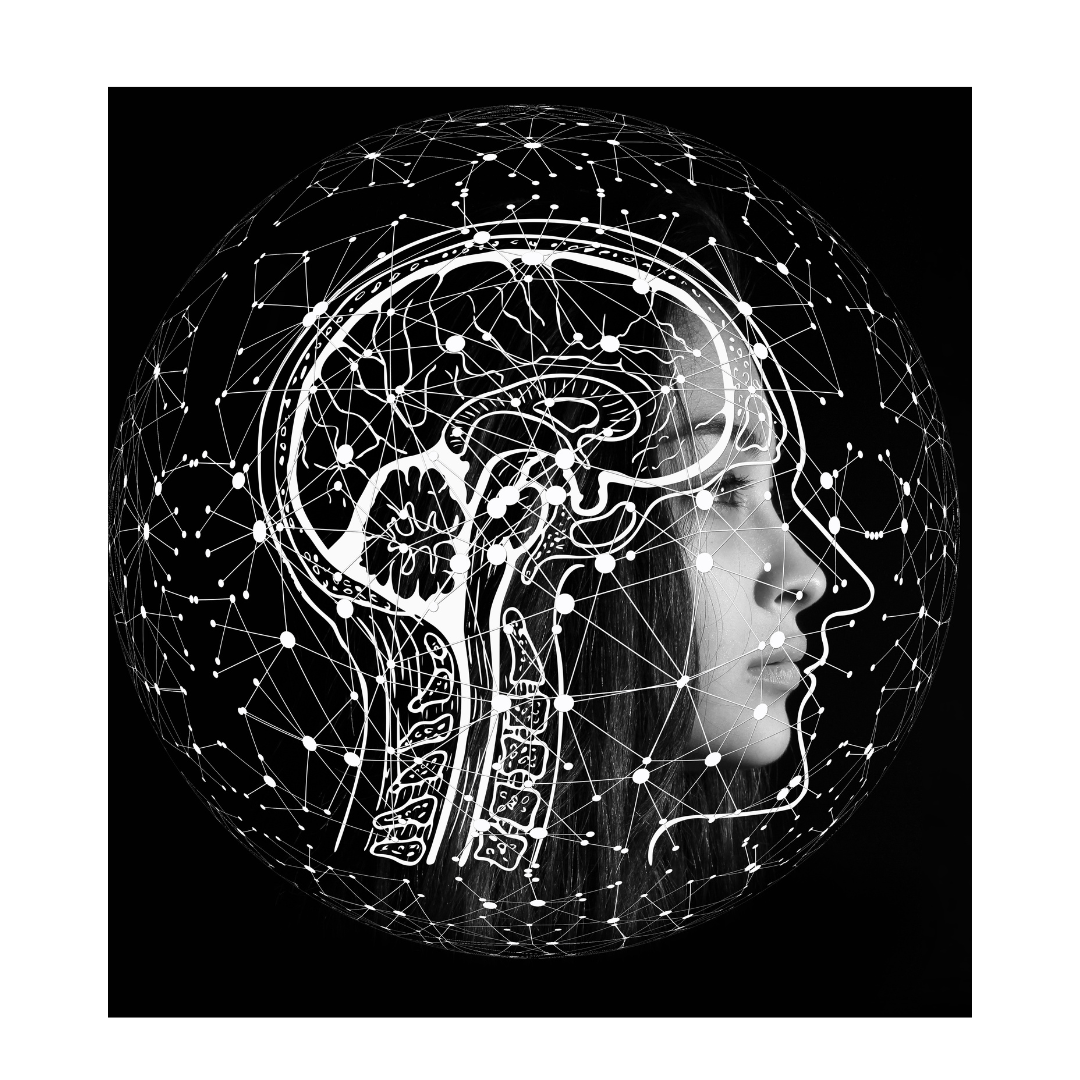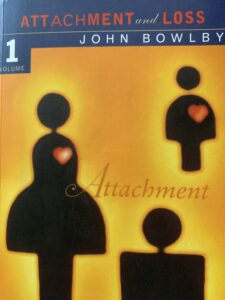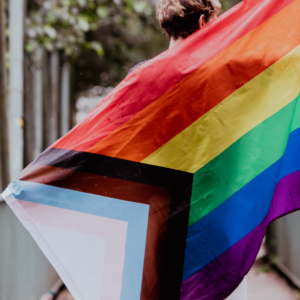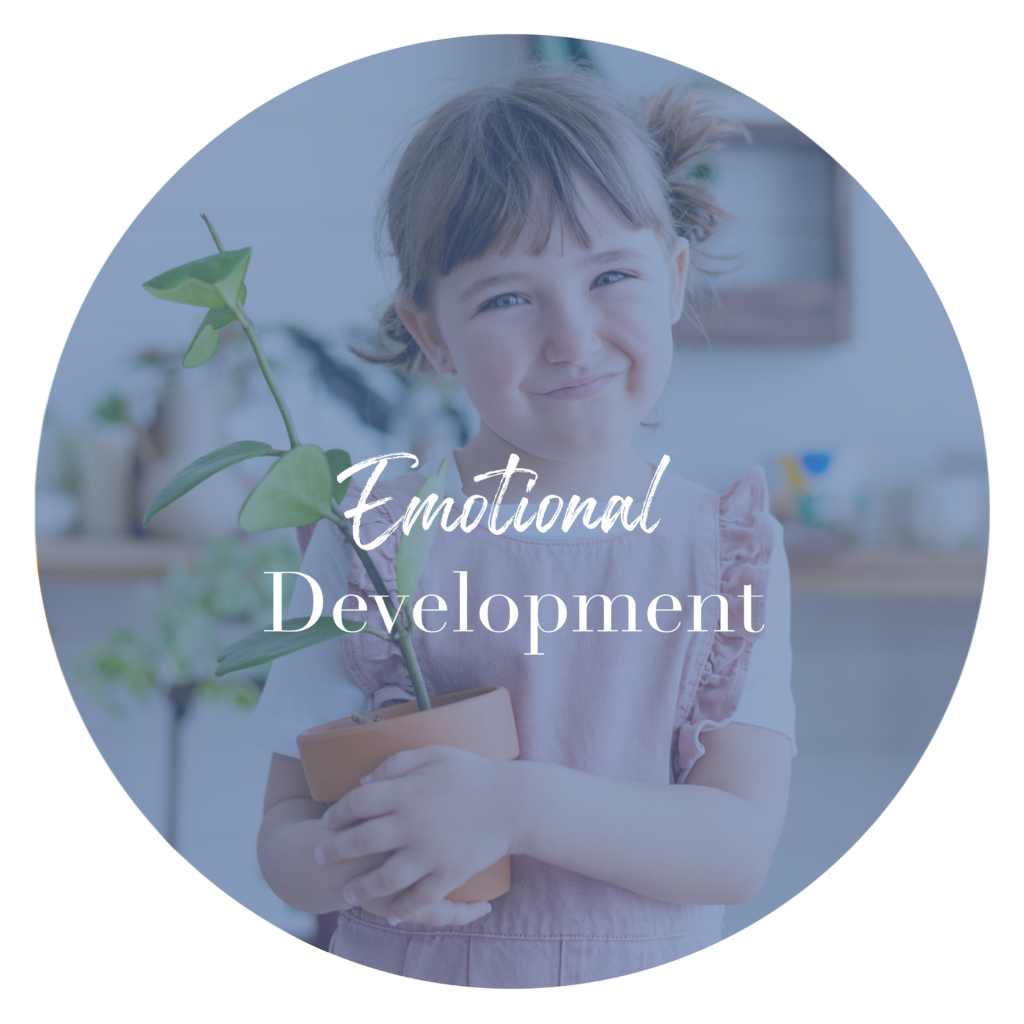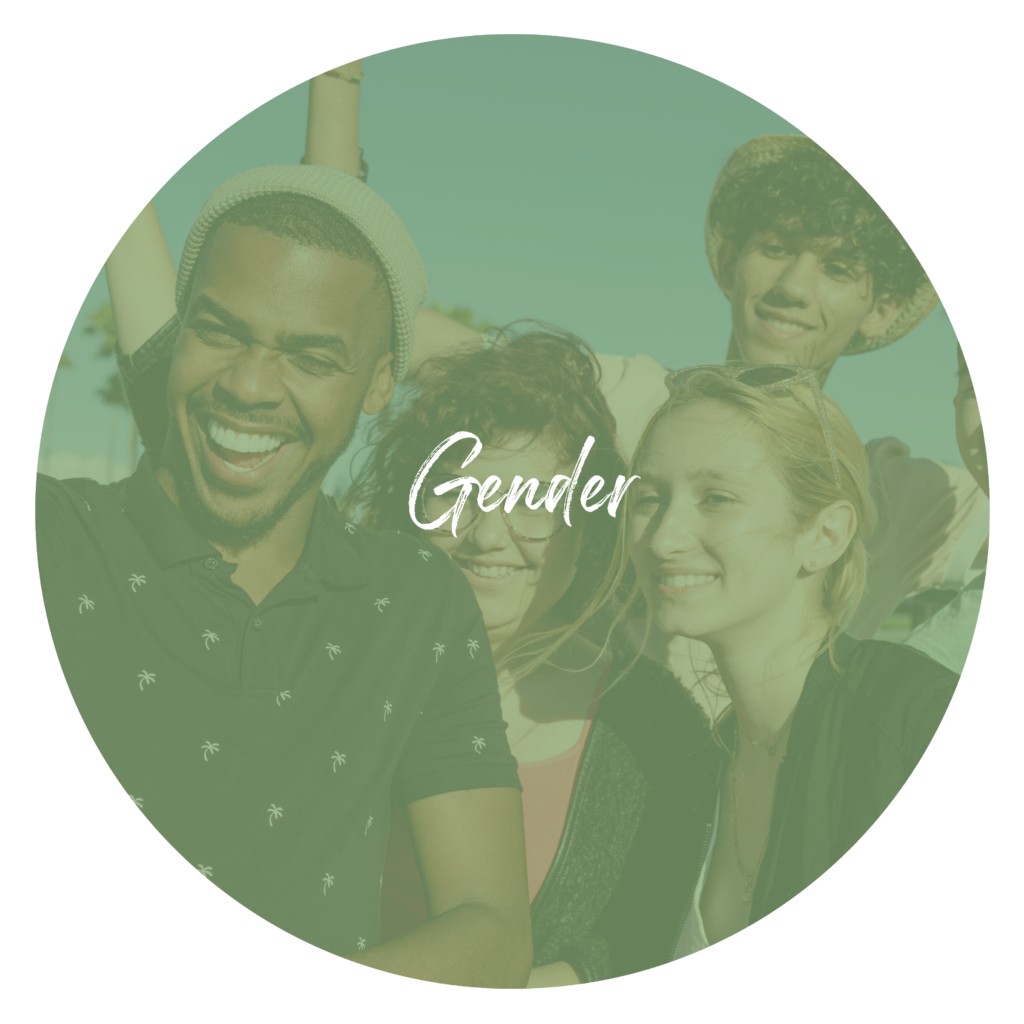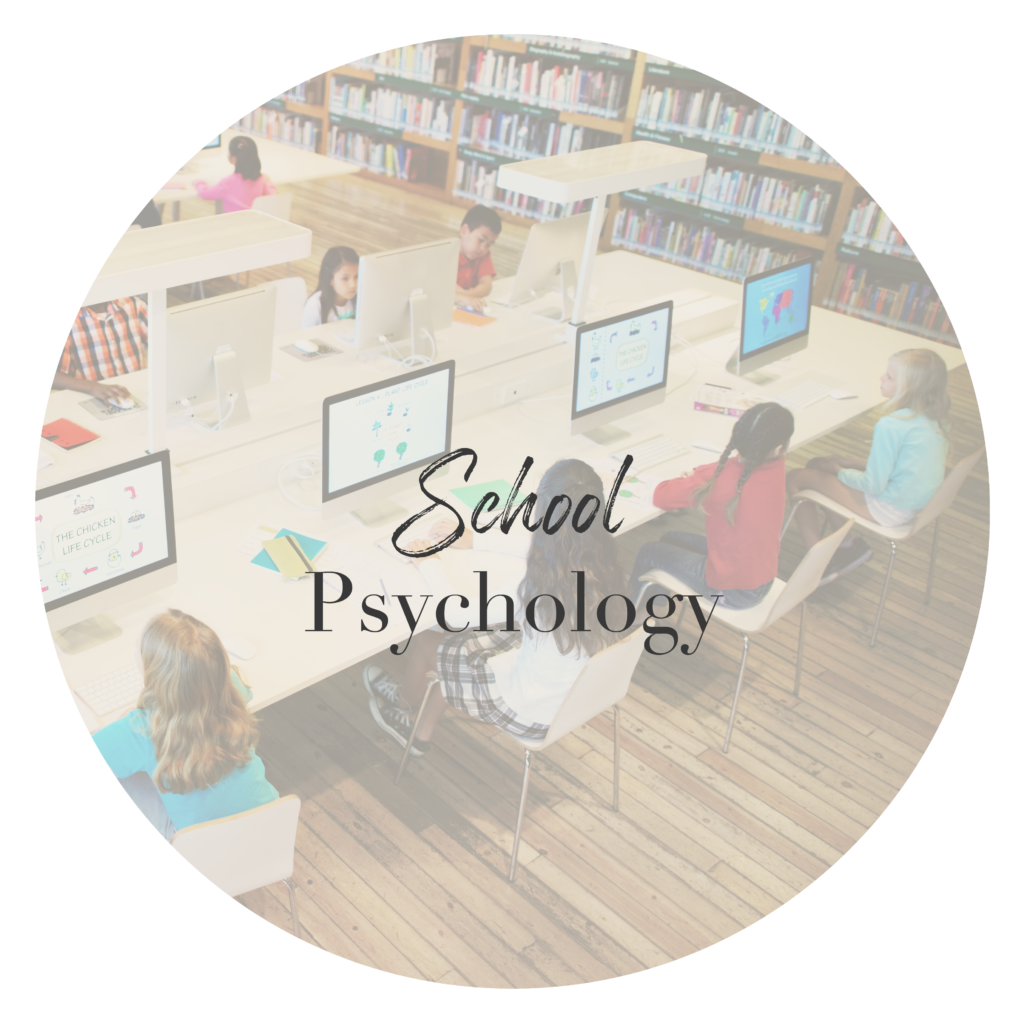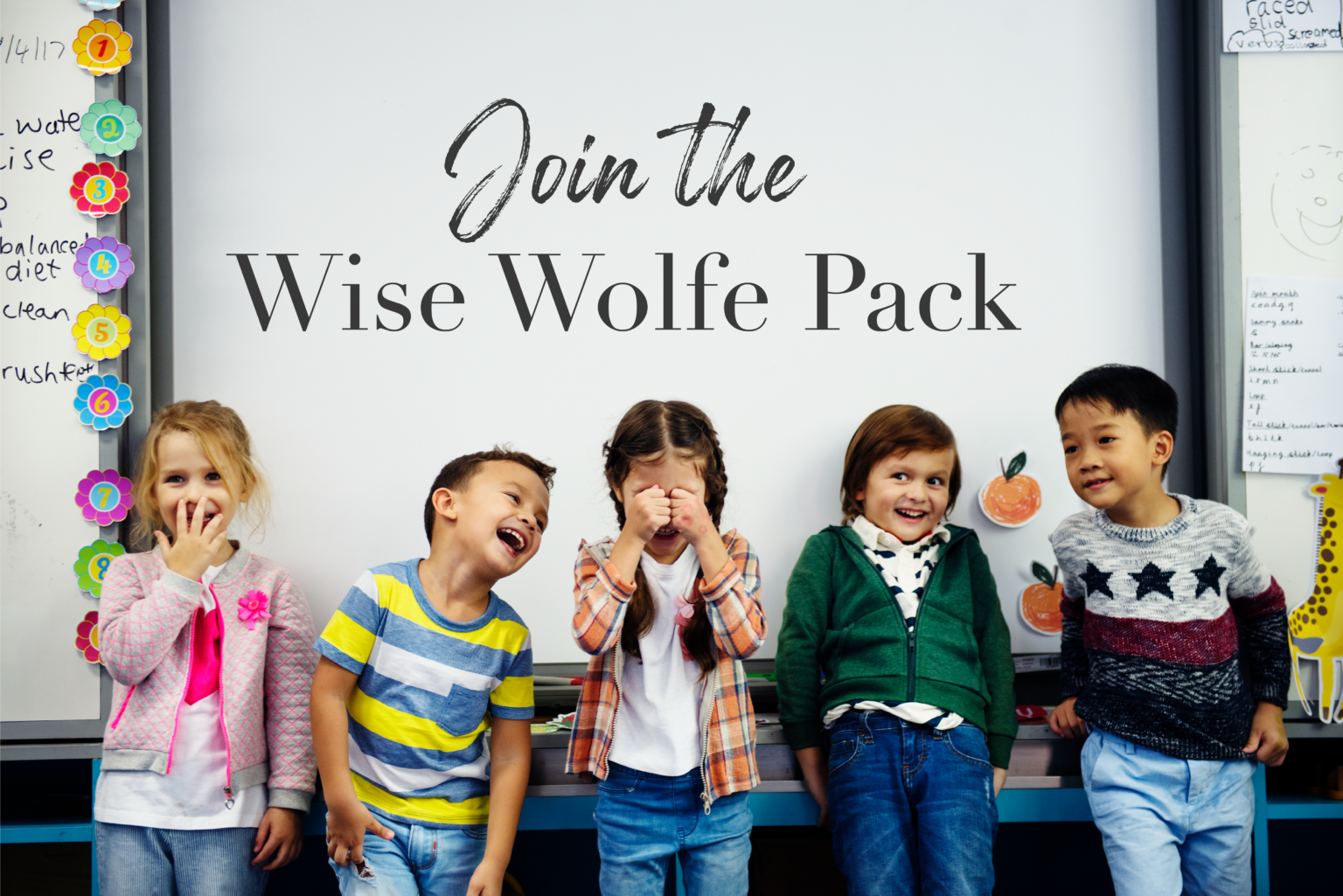Self-Identity Blog Devon Wolfe WolfeWisdom.ca
BECOMING OUR SELF
Capturing the lifetime trajectory of self-identity, starts before the beginning, before birth, when genetics rolls the dice. We each begin from a single cell. Each part of our body is actually every part of the body. Yes, each new cell is dependent on the cells coming before, even generations before. We are literally of our mothers’ cells and our fathers’ cells, but also our grandparents and great-grandparents and more ancient family members. Genetics is a divine evolutional design.
The developing fetus is a miracle of complexity. This is why pregnant women need protection from toxic substances and toxic situations, since both will affect their unborn baby.
NEURAL DEVELOPMENT
This is where Bruce Perry comes in, he is a senior fellow at the Houston Child Trauma Academy, professor of medicine in Chicago, and senior advisor to the Alberta Family Wellness Initiative. Dr. Perry has identified the key systems and areas of the brain which are impacted by adversity during development. So, then he could createtherapy plans, plus design enriched environments, and educational activities for kids. He has discovered the dosing effect of toxins, being significant in 2 ways. A high dose of toxin or multiple doses of toxins – do damage. Plus, the timing of doses will damage whatever cells are developing at that specific time.
For example, alcohol in large amounts or chronic doses are most damaging to the architecture of the brain as it tries to organize a sturdy foundation and keep growing. The brain is a bundle of neurology, neural connections, and actual electrical moving synapses, accommodating thoughts and memories. Dr. Perry says “the brain develops neuro-sequentially” in a sequence for elegant neural connectivity.
I want to introduce a bit about the 4 layers Dr. Perry refers to in his upside-down triangle representation of brain architecture, growing from the inside out and bottom up.
At the bottom, disruption to the growing brain stem impacts the autonomic functions of the CNS. This means the senses, digestion, maybe respiration, heart functioning, and reflexes like vomiting, coughing, sneezing, or swallowing.
The second layer of brain architecture is the diacephalon in charge of; hormones, sorting out sensory and motor signals and even sleep cycles.
Third is the limbic system, the ‘relational brain’. Damage to the limbic system looks like behavioral and emotional overreacting and impulsive thinking, talking, behaving, but also could be underreacting – so kids will tend more to withdrawal, anxiety, or fearfulness.
Last, there are several layers of the neocortex – covered by the cortex. This is the thinking brain, and is essentially the data base of sensory perceptions, memory, spatial awareness, auditory input, and literacy.
Brain architecture is use-dependent so we are safeguarded by neuroplasticity, allowing our brain to change and develop throughout life – AT LEAST – as long as we continue to use it! Our social life exercises brain plasticity and problem solving creates brainpower!
CULTURE
But that’s not all! Cultural forces impact self-identity too. In fact, multiple generations of blood lines, steeped in social and cultural aspects of life, are passed on through every newborn child. At my age right now, I know of the actual people and stories from three generations past as well as three generations forward.
Why is this significant? Because our self-identity borrows from the circumstances and stories of our relations. Our self-identity borrows from culturally embedded norms and values. The courage and accomplishments of our family are powerful stories for our own confidence and conviction to live well. Family stories of surviving natural disasters, death, and disease, instruct future generations how to cope.
History and herstory are always set in a very specific social and cultural context because we are born into an ethnic culture, a social class, and a geographic location. Like Richard Wagamese says, “We are born into relation with all things.” This includes, climate, landscape, technology, state of the environment, as well as political and economic realities.
My starting point is different than yours simply because of which decade we were each born in. So, if are you a Millennial born 1981-1995, you started life riding the wave of computers. Generation Z (1996-2010) is swimming in digital media and inner consciousness practices. Generation Alpha (2011-2025) is influenced by innovation to heal the globe. Cultural tools like these, shape our knowledge, skills, aptitudes, and attitudes.
INTERSECTIONS
Self-identity in this modern world is complex because we live in intersections.
- Relational identity juggling many roles in many relationships.
- Gender identity internalizing or resisting stereotypes.
- Racial identity capable of managing and digesting race-based experiences.
- Ethnic identity revealing layers of self, gender, and race in traditions.
- Sexual identity pieced together from the scramble of secrecy, pornography, and the onslaught of product marketing.
- Faith identity adopted from the community or discovered out of necessity.
Do you remember the turmoil growing up? That’s the gathering storm of self-identity. It takes energy and effort to sort out the intersections of identity. I feel it’s like climbing to a higher plateau in the landscape of life. The terrain is new because everything is different when I experience; winning and opportunities, or losing and rejection, travel, marriage, sex, death, being victimized. These each produce a profound change in perspective.
Self-identity formation is not on a neat and tidy schedule, everyone has their own timeline, often dictated by the randomness of life itself. However, it’s so true that this journey is much easier when we are rooted in healthy and supportive family relationships. “What is rooted is easy to nourish.” As it says in the ancient Tao Te Ching attributed to Lao Tzu.
devon.wolfe@wolfewisdom.ca
BEd Special Education
MSc School Psychology
Cert. Addictions Studies
Child and Youth Emotional Development
“Our presence is powerful in the life of a child.”

